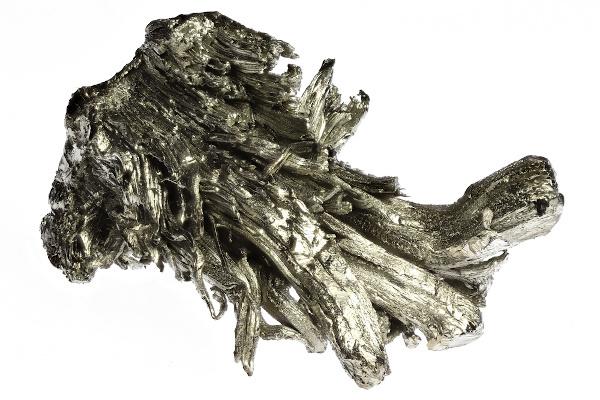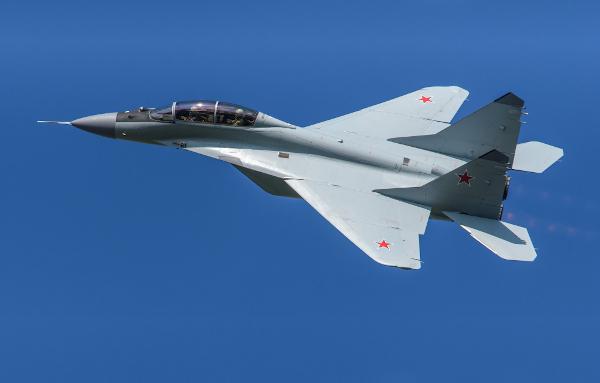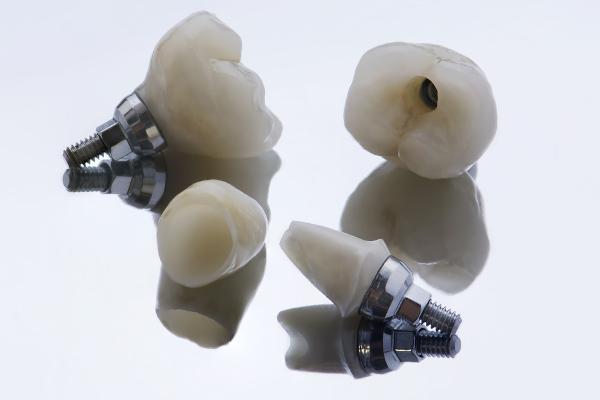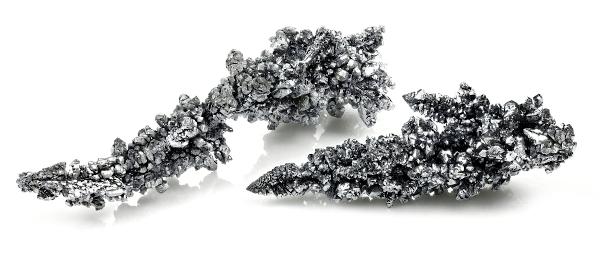THE scandium, symbol Sc, atomic number 21, is a transition metal that opens the ggroup 3 of Periodic table. It was one of the elements predicted by Mendeleev in his version of the Periodic Table. He left a gap between calcium and titanium for an element that, at the time, he called ekaboro.
scandium is more abundant in the Sun than in the Earth's crust, and few are the ores with a high content of scandium. Thortveitite is an example of these minerals and, due to its rarity, it became more expensive than gold in the 1950s.
There are few uses for scandium, but it is known to is able to improve the properties of aluminum when they form a league. In the United States, it has been used in the manufacture of sports equipment, such as helmets and baseball bats.
Read too: Tungsten — transition metal that has the highest melting point among metals
Scandium summary
Scandium is a transition metal located in group 3 of the Periodic Table.
It was predicted by Mendeleev, receiving the name of ekaboro.
It is more abundant in the Sun than in the Earth's crust.
Scandium is distributed as a component in several minerals, and ores with a high scandium content are rare.
Scandium has few uses, but it is used to improve the properties of aluminum, high-brightness lamps and the production of sports equipment.
scandium properties
Symbol: Sc.
atomic number: 21.
atomic mass: 44,956 m.u.
Fusion point: 1539°C.
Boiling point: 2832°C.
Eletronic distribution: [Air] 4s2 3d1.
electronegativity: 1,36.
Chemical series: transition metal; group 3.
Do not stop now... There's more after the ad ;)
Scandium characteristics
Scandium is a low hardness metal (easily scratched) and gray in color. Amazingly, it has more similarities with aluminum metal than with other group 3 metals — for example, the tendency to form only trivalent cations.

In terms of reactivity, this metal dissolves in both acidic and alkaline solutions, in addition to combining with halogens. Another important reaction that scandium is able to carry out is with nitrogen gas, N2, forming the ScN.
the scandium plays no important role in the biosphere, and so far, no living thing is known to need scandium for its survival or development. The amount of scandium entering food chains is very low, in the range of tenths of a microgram.
Occurrence and obtainment of scandium

the scandium has a greater cosmic abundance than terrestrial. Scandium is estimated to be the 23rd most abundant element in the world. shello, while it is the 50th most abundant in the Earth's crust, in a concentration close to that of lead.
However, unlike the lead, scandium is very dispersed throughout the earth's crust, as there are no geological processes that concentrate it and, therefore, it is present in small amounts in several minerals. This low participation makes the metal is commonly obtained as a by-product of uranium processing, whose Sc content can reach about 5 ppm (parts per million, or mg/kg) in uranium solutions.
There is a scandium ore, which is rare, whose content is high (can reach 34% in scandia, scandium oxide III, Sc2THE3). Its name is thortveitita, composition Sc2yes2THE7, commonly found in Iveland, Norway. Its rarity is such that, in the 1950s, samples of this ore were sold for a value above its weight in gold.
Scandium can also be obtained from rare earth metals (lanthanides) by precipitating scandium and potassium sulfate, which is poorly soluble in water, or by extracting scandium thiocyanate using diethyl ether.
Curiously, Tea leaves have a higher scandium content than other plants, albeit at a tiny concentration of 140 ppb, that is, 140 mg per ton. The explanation for this fact is that tea leaves probably do not make a chemical distinction between aluminum, which they need, and scandium.
Check it out on our podcast:Hard as a diamond: what does it mean?
scandium applications
In general, the uses of scandium are quite limited. One of its uses is to manufacture of high luminous capacity lamps, because when scandium iodide is added to mercury in vapor lamps of this element, a high-efficiency light source, similar to sunlight, is obtained. Such devices can be used as reflectors for sporting events, for example.
The addition of 0.5% of Sc in aluminum increases the strength of this metal, maintaining its lightness and also increasing its melting point by 800 °C. Such properties allow, for example, the alloy to be welded, something that is not possible with pure aluminum.
THE Russia even stocks scandium for strategic reasons, since many parts of MiG fighter jets are manufactured with scandium alloys.

In the United States, scandium alloys are used in the manufacture of sports equipment such as baseball bats, lacrosse sticks, and bicycle frames.
history of scandium
In 1869, when developing the Periodic Table, Russian chemist Dmitri Mendeleev left gaps in its creation, justifying that they would be filled by elements yet to be discovered. In 1871, Mendeleev predicted that in the gap between calcium and titanium, there would be an element with an atomic mass close to 44 c.u., giving it the name of ekaboro. The prefix eka- means “one” in Sanskrit and in practice indicated “the first to follow”, that is, the element below boron.
As early as 1879, Swedish chemist Lars Fredrik Nilson, while analyzing samples of the mineral euxenite and other rare earth residues, discovered scandium oxide, called scandia. Nilson then noticed that one of the extracted metals had spectral lines of a hitherto unknown element. The spectral lines were the results of spectroscopic analysis, a technique widely used to identify chemical elements.
Also in the same year, the Swede Per Teodor Cleve managed to isolate a quantity of scandium and thus determine its atomic mass, confirming that it was the ekaboro of Mendeleev. THE new element was named scandium, in reference to the region of Scandinavia.
Solved exercises on scandium
question 1
The electron configuration of scandium metal, 21Sc, in its ground state is:
a) 1s2 2s2 2p6 3s2 3p6 4s2 3d1
b) 1s2 2s2 2p6 3s2 3p6 3d3
c) 1s2 2s2 2p6 3s2 3p5 4s1 3d4
d) 1s2 2s2 2p6 3s2 3p4 4s1 3d5
Reply:
when doing the eletronic distribution scandium, we realize that it has atomic number 21, that is, 21 protons. In the ground state, the number of protons is equal to the number of electrons, because the atom is electrically neutral. Thus, 21 electrons must be distributed in the sublevels. A sublevel can only receive an electron if the previous one is fully filled. Thus, the correct distribution is the one in letter A.
question 2
In 1871, Russian chemist Dmitri Mendeleev, inventor of the Periodic Table, predicted the existence of an element that should be, because of its mass, between calcium and titanium. This element was then called ekaboro by Mendeleev. Currently, this element is already in the Periodic Table, being initially discovered by Lars Fredrik Nilson in 1879.
This element is:
a) boron.
b) scandium.
c) vanadium.
d) strontium.
e) tantalum.
Reply
When evaluating the Periodic Table, it is noted that the element that is between calcium and titanium is the element scandium (letter B), which in fact was predicted by Mendeleev as ekaboro.
By Stefano Araújo Novais
Chemistry teacher



